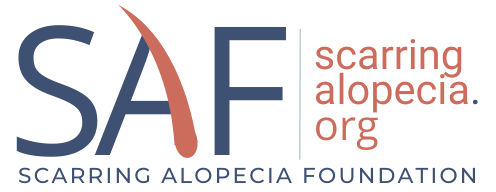LLLT Lasers are popular nowadays, especially as patients search for drug free alternatives. For patients with scarring alopecia, a variety of lasers are known to help. For patients with lichen planopilaris, treatment with the excimer laser has shown promising results in early studies. In a new study, Fonda-Pascual and colleagues from Spain set out to examine the benefits of LLLT in 40 patients with lichen planopilaris.
The study itself was designed as a 6 month prospective interventional study and the goal was to follow the activity of the disease before and after treatment using the so called lichen planopilaris activity index (LPPAI). Videodermoscopy was used to follow 5 specific areas for perifollcular redness and perifollicular scale and to follow hair thickness.
The study was small with 8 patients (3 males 5 females). Patient had LPP for an average of 3-4 years (mean 44.25 months). A laser helmet based device with 246 LEDs was used (each with a wavelength of 630 nm and fluency of 4 J/cm2).
Interestingly, all patients had a reduction in symptoms, redness and scaling and there was a decrease in the LPPAI after 6 months. An increase in hair thickness was also measured.
Conclusion
This is an interesting preliminary study. More studies are needed on the potential benefits of LLLT. The inflammation in LPP is generally quite high up in the skin and these laser devices only penetrate a short distance into the skin making them potentially effective agents to target the inflammation in these scarring alopecias. This research study is primarily and details about other treatments used by these 8 patients were not given. Nevertheless, it has prompted interest in further investigations in this important area.
Reference
Fonda-Pascual P, et al. Effectiveness Of Low-Level Laser Therapy In Lichen Planopilaris. J Am Acad Dermatol. 2017.

